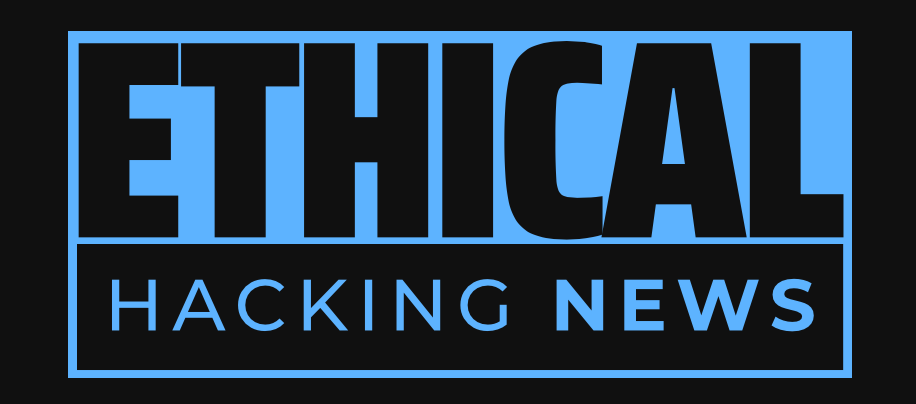Ethical Hacking News
Recent threats and vulnerabilities have highlighted the ongoing threat posed by cybercrime, including APT groups, phishing campaigns, and supply chain attacks.
The threat landscape continues to evolve at an unprecedented pace, with malicious actors continually pushing the boundaries of what is possible. A number of high-profile vulnerabilities have been added to the Known Exploited Vulnerabilities (KEV) catalog by CISA, including Oracle WebLogic Server and pfSense. APT groups are using sophisticated tools and techniques, such as headlacing malware and supply chain attacks, to gain unauthorized access to systems and data. Numerous smaller-scale breaches have occurred, impacting individuals and organizations across various sectors. The use of phishing campaigns and social engineering tactics is increasing, with attackers exploiting vulnerabilities in software products such as Microsoft Office. The global cybersecurity landscape is witnessing a significant increase in the use of AI and ML techniques by malicious actors, resulting in more sophisticated attacks.
In recent months, the world has witnessed a dramatic escalation in the realm of cybersecurity threats. The threat landscape continues to evolve at an unprecedented pace, with malicious actors continually pushing the boundaries of what is possible. This article aims to provide an overview of some of the most significant threats and vulnerabilities that have emerged in the past few weeks, highlighting the importance of vigilance and proactive measures for individuals and organizations alike.
One of the most notable developments has been the addition of several high-profile vulnerabilities to the Known Exploited Vulnerabilities (KEV) catalog by the Cybersecurity and Infrastructure Security Agency (CISA). These additions include a critical flaw in Oracle WebLogic Server, a sophisticated malware campaign attributed to APT28, and a number of flaws in various software products such as Apache Flink and pfSense. This indicates that attackers are actively exploiting these vulnerabilities to gain unauthorized access to systems and data.
Furthermore, the recent emergence of new malware campaigns, including those targeting key networks in Europe and North America, underscores the ongoing threat posed by APT (Advanced Persistent Threat) groups. The use of sophisticated tools and techniques, such as headlacing malware and supply chain attacks, highlights the complexity and adaptability of modern cyber threats.
In addition to these high-profile incidents, numerous smaller-scale breaches have occurred, impacting individuals and organizations across various sectors. These include data breaches at major companies such as Ticketmaster and Santander, as well as incidents involving cryptocurrency exchanges, hospitals, and even hotels. This highlights the widespread nature of the problem and the importance of robust security measures to prevent such breaches.
Another area of concern is the increasing use of phishing campaigns, with attackers exploiting vulnerabilities in software products such as Microsoft Office to spread malware. The emergence of new variants of Agent Tesla malware also underscores the ongoing threat posed by these types of attacks.
The global cybersecurity landscape is also witnessing a significant increase in the use of artificial intelligence (AI) and machine learning (ML) techniques by malicious actors. This has resulted in more sophisticated and targeted attacks, as well as an increased reliance on social engineering tactics to trick individuals into divulging sensitive information.
In light of these developments, it is essential for organizations to adopt a proactive and multi-layered approach to cybersecurity. This includes implementing robust security measures such as firewalls, intrusion detection systems, and encryption, as well as educating employees about the risks associated with phishing campaigns and other social engineering tactics.
Furthermore, the increasing complexity of modern cyber threats requires individuals to be vigilant and proactive in protecting their personal data. This includes taking steps such as using strong passwords, enabling two-factor authentication, and monitoring credit reports for signs of identity theft.
In conclusion, the global cybersecurity landscape continues to evolve at an unprecedented pace, with malicious actors continually pushing the boundaries of what is possible. It is essential for individuals and organizations to adopt a proactive and multi-layered approach to cybersecurity in order to stay ahead of these threats.
Related Information:
https://securityaffairs.com/170771/breaking-news/security-affairs-malware-newsletter-round-19.html
https://www.crowdstrike.com/en-us/blog/who-is-fancy-bear/
https://en.wikipedia.org/wiki/Fancy_Bear
Published: Sun Nov 10 07:29:57 2024 by llama3.2 3B Q4_K_M

